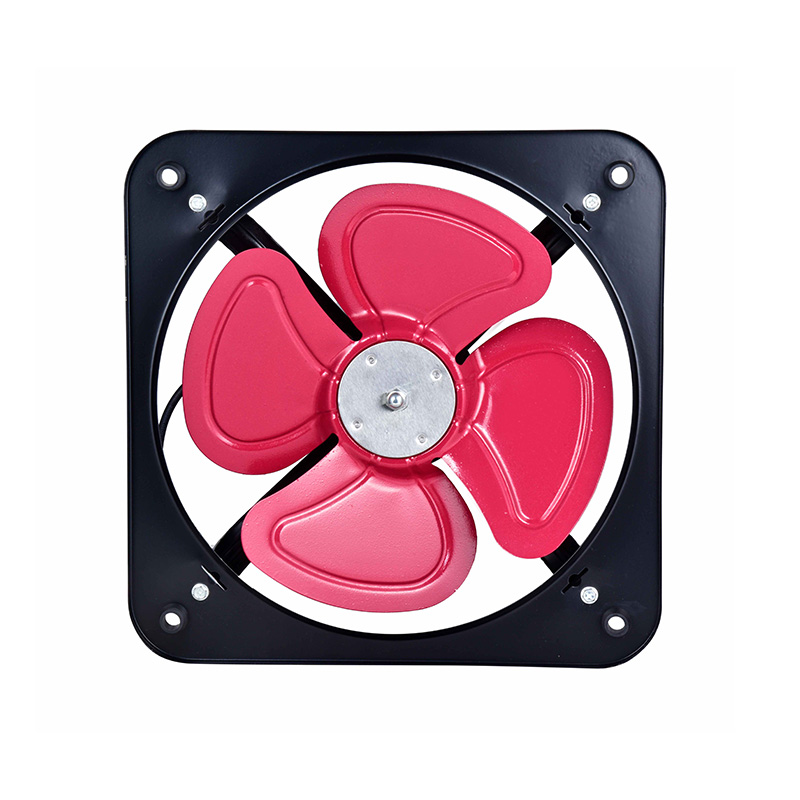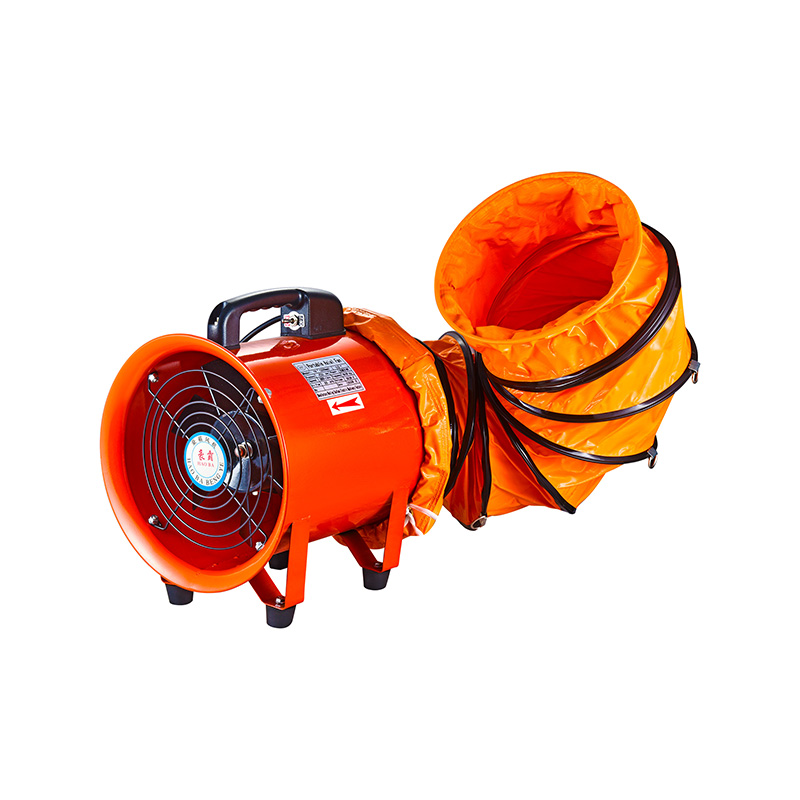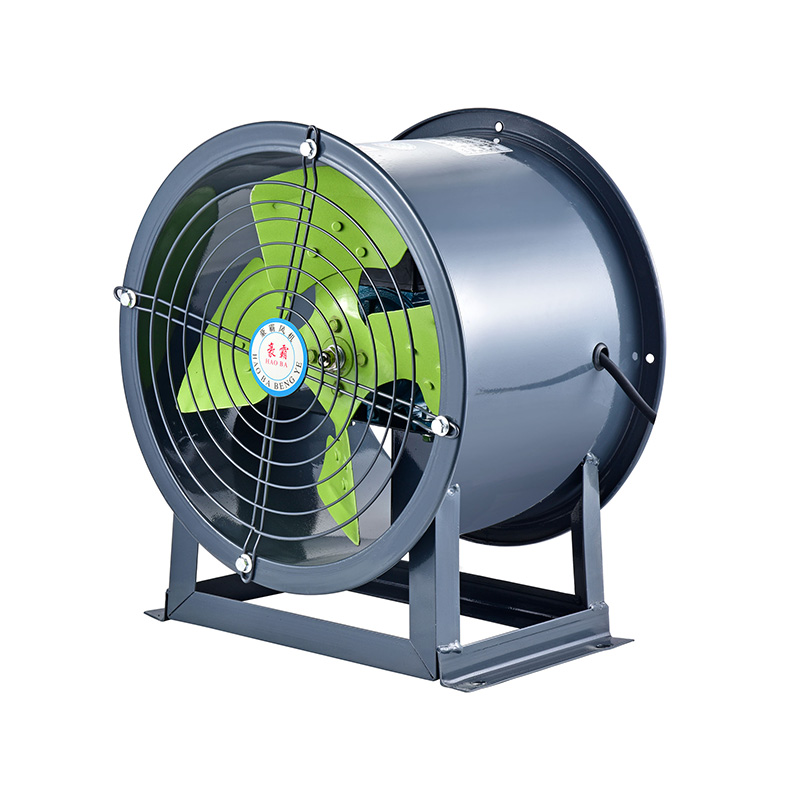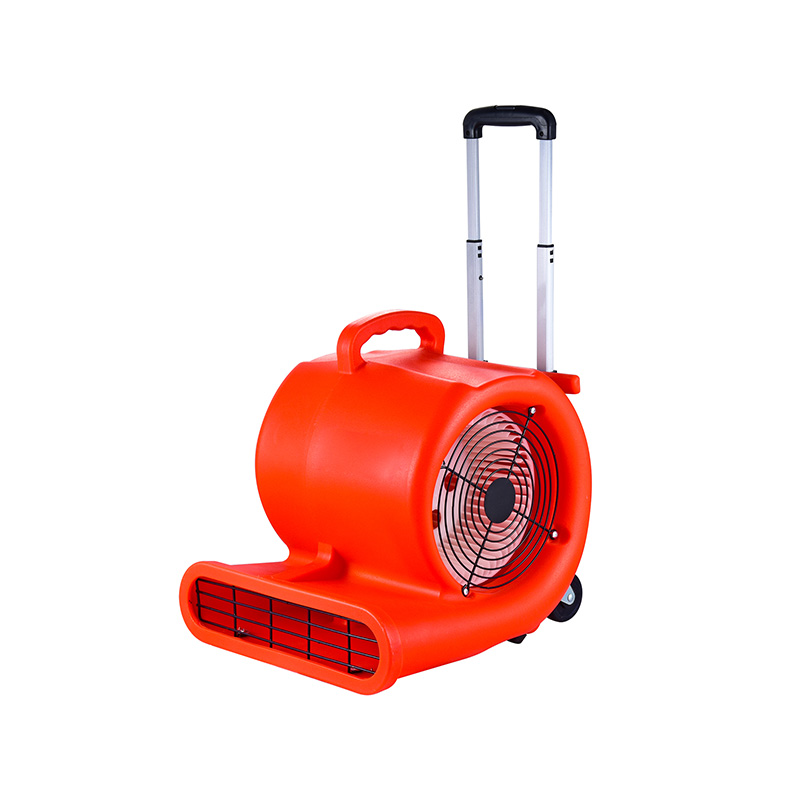The Role Of Mixed Flow Fans In HVAC Systems
2025-07-08
In modern HVAC systems, efficiency and adaptability are crucial. As ventilation requirements become more diverse across different environments, such as commercial buildings, factories, and warehouses, mixed flow fans have emerged as a versatile solution. These fans combine the features of axial and centrifugal fans, offering a balanced approach to airflow and pressure needs. Their hybrid design makes them suitable for a wide range of applications, especially where traditional fan types may fall short.
A mixed flow fan operates by drawing air in an axial direction and then turning it slightly radial before expelling it. This unique flow path helps reduce turbulence while achieving higher pressure than a typical axial fan. Because of this, HVAC engineers often prefer mixed flow fans in situations where space constraints exist but consistent airflow is necessary. For instance, when paired with a small centrifugal blower fan, a mixed flow fan can help regulate air distribution through complex ductwork without causing excessive noise or energy consumption.
In large industrial buildings, such as manufacturing plants and logistics centers, temperature control and air quality are key concerns. Here, a centrifugal roof fan often handles the heavy lifting of moving large air volumes from inside to the outside. However, this type of fan sometimes lacks efficiency at certain pressure ranges. By integrating a mixed flow fan into the HVAC system, airflow becomes more stable and targeted. These fans are particularly effective in supporting the work of factory roof ventilator systems by ensuring stale air is removed while fresh air is brought in more uniformly.

One of the advantages of mixed flow fans is their compact footprint, which allows them to be installed in tight mechanical rooms or above ceilings. When combined with a small centrifugal blower fan, they form a powerful duo for air recirculation in office buildings or retail environments. This pairing works well for both heating and cooling applications, helping to maintain even indoor temperatures and reduce energy waste.
Unlike standard fans that are limited to either high flow or high pressure, mixed flow fans perform efficiently across a broader range of conditions. In factory settings, a factory roof ventilator often works non-stop to extract heat and fumes. Yet during periods of lower activity, the system doesn’t require full power operation. Mixed flow fans step in to modulate airflow as needed, making the ventilation system more adaptive and energy-conscious.
From an installation perspective, mixed flow fans are relatively easy to integrate into existing ductwork, especially when replacing or upgrading older systems. For instance, a site using a centrifugal roof fan may face challenges when expanding its ventilation needs. Instead of replacing the entire setup, engineers might choose to install a mixed flow fan inline to assist the current configuration. The result is a smoother, more controllable airflow without major structural changes.
Another important area where mixed flow fans prove valuable is in noise control. In applications where quiet operation is critical, such as schools or hospitals, pairing a mixed flow fan with a small centrifugal blower fan reduces mechanical noise while maintaining sufficient air exchange. The unique impeller and housing design of mixed flow fans allows for lower decibel levels without sacrificing performance.
It’s also worth noting how these fans contribute to natural ventilation efforts. When used in combination with a factory roof ventilator, mixed flow fans can boost air movement during times when passive airflow isn’t enough. This is particularly useful in regions with fluctuating weather conditions, where relying solely on natural draft may not suffice.
In HVAC systems serving multi-zone buildings, achieving uniform airflow across all areas is a constant challenge. Mixed flow fans help bridge the gap, especially in spaces where airflow dynamics are unpredictable. When integrated with systems using small centrifugal blower fans and centrifugal roof fans, the overall ventilation solution becomes more responsive and better suited for variable occupancy and usage.
In conclusion, mixed flow fans serve an important role in creating balanced, efficient HVAC systems. Their compatibility with other components like the small centrifugal blower fan, centrifugal roof fan, and factory roof ventilator makes them a reliable choice for many applications. As air quality, energy efficiency, and adaptability remain priorities, the presence of mixed flow fans in modern ventilation design continues to grow.

 English
English русский
русский عربى
عربى









